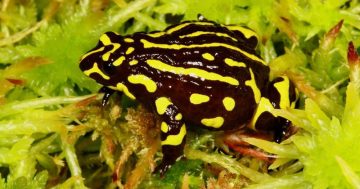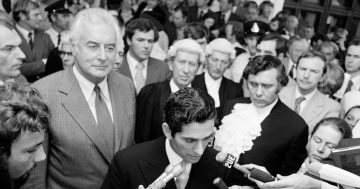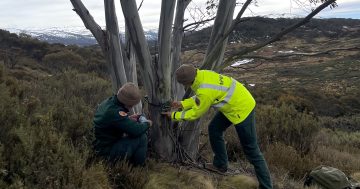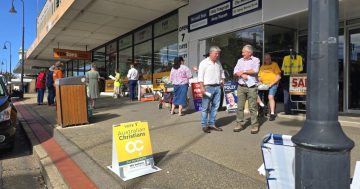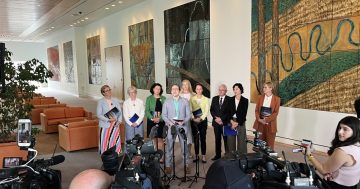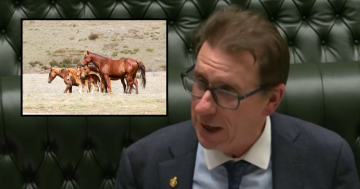 1. This week 10 years ago, the Commission of Inquiry into Queensland’s floods handed down its interim report.
1. This week 10 years ago, the Commission of Inquiry into Queensland’s floods handed down its interim report.
Six of its 175 recommendations related to the responsibilities of the Commonwealth, including that the National Emergency Management Committee consider a national public education campaign about the dangers of driving into floodwaters; the Bureau of Meteorology make clear the areas covered by its warnings; and it publish predictions of flash flooding on its website and alert the Local Councils concerned.
Federal Attorney-General, Robert McClelland said the flood disaster was “catastrophic on every level” especially due to its cost in lost lives.
“It’s critical we continue to learn from the experiences of dealing with disasters, so we are better prepared for the future,” Mr McClelland said.
2. Also this week, Ministers for Emergency Management and Police from every Australian jurisdiction and New Zealand agreed to the National Strategy for the Prevention of Bushfire Arson, to help ensure a national, collaborative approach to combating the potentially deadly crime.
Federal Attorney-General, Robert McClelland said the strategy was the first part of the National Work Plan to reduce bushfire arson in Australia.
“Arson is a major threat to the Australian community, with up to half the estimated 54,000 bushfires each year deliberately lit or started in suspicious circumstances,” Mr McClelland said. The Strategy outlined four key principles: a national approach, information sharing, collaboration, and consistency and interoperability.
3. A survey by the Museum of Australian Democracy (MoAD) in Canberra 10 years ago revealed that one in five Australians would not vote if they didn’t have to and one in 10 would sell their vote if they could.
It also found 20 per cent of Australians admitted to having cast a donkey vote or refusing to vote at an election, with most saying it was because they didn’t like any of the candidates.
Acting Deputy Director at MoAD, Michael Richards said the survey showed democracy was something Australians valued but didn’t necessarily understand how it impacted on them. “A number of Australians struggle to understand how, outside of elections, they can contribute to democracy as part of their day to day lives,” Mr Richards said.
4. In Victoria, Bushfire Implementation Monitor and former Chief Police Commissioner, Neil Comrie tabled an interim report outlining progress in adopting the recommendations of the 2009 Victorian Bushfires Royal Commission.
Acting Minister for Regional and Rural Development, Peter Walsh said the State Government was committed to implementing all 67 recommendations of the Royal Commission and the Monitor’s report provided valuable feedback on the delivery of that commitment.
He said Mr Comrie had been given full independence so the community could have faith in the implementation process. “Like all Victorians, we are steadfast in our resolve to do everything we can to protect the State against tragedies like the 2009 bushfires in the future,” Mr Walsh said.
5. In Western Australia, Minister for Science and Innovation, John Day welcomed a decision by the Australian Communications and Media Authority (ACMA) to enhance the Mid-West Radio Quiet Zone, which protected the sensitive equipment at the Murchison Radio-astronomy Observatory (MRO) from unwanted radio communication signals.
Mr Day said ACMA’s decision balanced the priorities of science and the resources industry.
“The measures take into account the requirements of the radio-quiet needs of radio astronomy proponents of the MRO, major proposed mining activities in the region, and the policy of the Federal and WA Governments,” he said.
6. Also 10 years ago, from the Western Australian Museum, the University of Western Australia and The Australian National University (ANU) discovered a new miniature frog species or toadlet in the Pilbara region — an area previously thought to support very few amphibians. Lead research author and ANU PhD student, Renee Catullo said the research team had identified a new species of burrowing frog that was just over 2 cm long.
“The deserts of Australia are often believed to be empty regions with few species,” Ms Catullo said.
“However, genetic work on reptiles and amphibians has shown that there are large numbers of species in what looks like a barren landscape to most people.”


